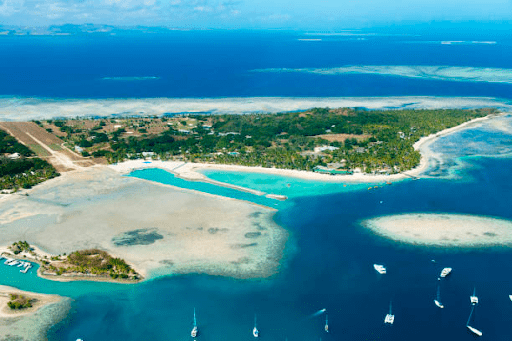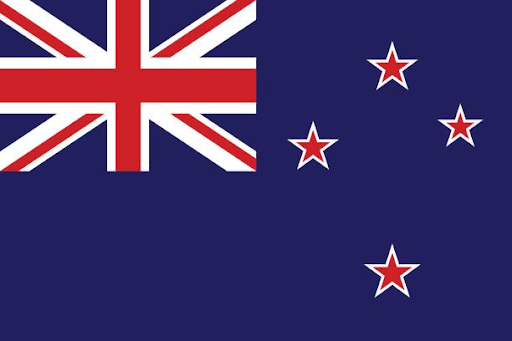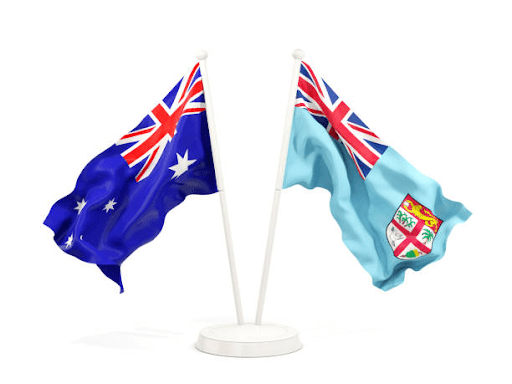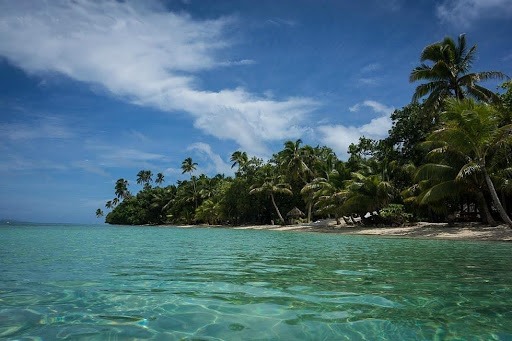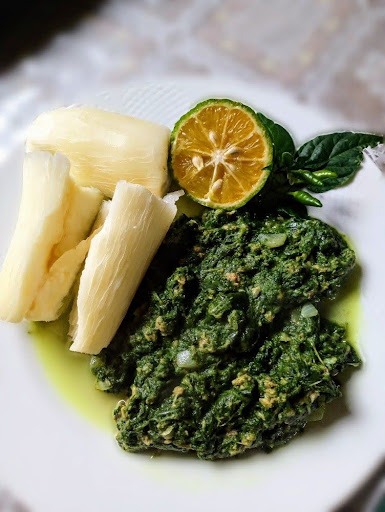Travel like a local: Colo-i-Suva forest park

One of the only forest reserves in Fiji, the Colo-i-Suva forest park is situated just outside the Suva metropolitan area. It is one of wonder and fun, whether it is a hike between friends and individuals or a family fun day. The park is about 11 km away from the city centre, and it is every bit a depiction of tranquillity. The national park contains educational trails, cascading waterfalls and even a chance to do birdwatching. It takes about 21 minutes by transport from Suva to the national park, but if traffic is bad, then there are bound to be a few good minutes wasted. If you’re up for a good hike, then this might be the article for you, and most probably this information might be valuable to you as well, and that is a walk of 2 hours and 22 minutes from the city to the forest park.
A Brief History
As stated on Fiji’s Ministry of Forestry website, the forest park was established in 1952 in an attempt to control excessive logging in the 1940’s. As a result, foreign tree species like mahogany and pine trees were introduced to help maintain a healthy topography and have remained until today. The forest is also home to an array of flora and fauna and archaeological sites that remain relevant today. The imposition of a few foreign tree species is what was needed to keep native vegetation alive and intact. The national park has had a few upgrades over the years and has improved greatly for both local and foreign visitors.
Entry, accessibility and the park’s landscape
If you’re taking the bus from Suva, as of 2022 the fare is at $1.45 or if you’re taking the Suva-Nausori express which are minibuses based at the Suva flea market, the fare is at $2.54. Another option is the Tacirua bus that is a distinctly striking yellow in colour; one cannot miss it and the bus to take is the Sawani bus that departs for Nausori via Princes Road every few hours at the third (last) bus terminal. For precise time departure, it is best to inquire about the time with the bus conductors, who hang around and have clipboards glued to their sides.
The forest park is open from 8am to 4.30pm everyday, with fees for locals at $1, children at 50 cents and for tourists at $5. Fees are paid at the main office located at the forestry station across the road from the park entrance. There are maps deliberately situated at the entrances of the park and trails leading into the forest.

One can easily drive into the forest park, but for this case we’ll state the hiking route as that was what was accomplished and, in a way- a cheaper alternative. The hike takes about an hour if one stops to admire their surroundings and enjoy the walk, but a determined walk is about 30-45 minutes each way to the trails.
The landscape is such that there are twists and turns moving in a descending motion. The latter would prove to be tiring for some on the way back as the ascending back is not an easy task. Even the trails to the waterfalls are not for the weak as they are steeper and meandering downwards, but the views are spectacular, the water serene and refreshing, especially on a hot and humid day.

Activities for education and leisure at Colo-i-Suva
There are also some worthwhile educational activities to involve yourself with when in the park. There is freedom for one to birdwatch as much as one wants. However, a personal set of binoculars would be even more beneficial since the forest is home to a variety of indigenous bird species. What makes this even more plausible is the number of educational trails available that lead away from the pools if birdwatching is something you solely intend to do. One must also pay attention to the rubbish bins provided as they not only contain space for litter but there is information plastered on the side of each bin that bears the scientific, English and local names of the indigenous bird species.
For those looking to relax in nature like what most locals often opt for, there are waterfalls that gather into tranquil pools suitable for swimming and its embankment is proper enough for lounging. There are also bure’s that have tables and benches available for eating, complete with an outdoor fireplace for cooking.
Changing rooms and toilets are located just before entering the trails in case there is a need for a change of clothes.

The Queen’s Commonwealth Canopy and other helpful tips
The Duke and Duchess of Sussex’s visit in 2018 also allowed for the park to be included in the Queen’s Commonwealth Canopy, a network initiative established in 2015 to raise awareness and preservation efforts for indigenous forests in the commonwealth countries. However, the park has been facing a persisting problem of littering, and there have been efforts to combat it, through clean-up campaigns where forestry staff pick up rubbish on certain weeks. So, if you’re ever at the park and need to dispose of your rubbish, then please utilise the various bins provided. Lastly, the best time to spend in the park is on the weekdays when it is not overtly crowded or noisy, and do avoid public holidays if you’re trying to capture the peaceful serenity of nature.
In addition, if you’re ever tired from hiking through the forest and need rest, then the Rainforest ecolodge might be what you need. With rooms ranging from $80 to below $200 Fijian dollars. The lodge offers free wifi, free parking and a restaurant that closes at around 9pm. The restaurant, promptly named Batiniwai, sits on the edge of the rainforest lake, which is what the name means in Fijian. It offers delicious pacific food influenced by the nation’s different cultures. If ever you need immediate accommodation after a tiring hike, then the lodge is only a 3-minute walk from the park and right opposite the Colo-i-Suva police post.



